As she scrolled through her social media feed, Emily couldn't help but feel a sense of unease. Every other post seemed to be about some new conspiracy theory or another, each one more outlandish than the last. Her friends were sharing articles about the government controlling the weather, while her family members were convinced that AI was secretly plotting against humanity. Emily felt like she was losing her grip on reality, and she wasn't alone. The lines between fact and fiction have become increasingly blurred, and it's not just social media that's to blame.
In a world where everything seems to be a conspiracy theory, it's getting harder to know what's real and what's not. The New Conspiracy Age, a series by MIT Technology Review, explores how this moment is changing science and technology. To make sense of it all, we spoke with Amanda Silverman, Editor of Features Investigations, Niall Firth, Executive Editor of the Newsroom, and Mike Rothschild, a journalist and conspiracy theory expert.
According to Rothschild, the rise of conspiracy theories can be attributed to a combination of factors, including the internet and social media. "The internet has made it easier for people to access information, but it's also made it easier for misinformation to spread," he explains. "Social media platforms have created an environment where people can share and engage with conspiracy theories without having to fact-check them."
One of the most significant impacts of the New Conspiracy Age is on science and technology. As Rothschild notes, "Conspiracy theories often target scientific and technological advancements, claiming that they're part of some larger plot to control or manipulate people." This can lead to a loss of trust in institutions and experts, making it harder to develop and implement new technologies.
Take, for example, the COVID-19 pandemic. Conspiracy theories surrounding the virus and the vaccines have been rampant, with some people claiming that the pandemic was a hoax or that the vaccines were designed to control people's minds. These theories have not only caused confusion and fear but have also hindered public health efforts.
The impact of conspiracy theories can also be seen in the tech industry. As Will, a journalist who has written extensively on the topic, notes, "The idea that machines will be as smart as or smarter than humans has hijacked an entire industry. But look closely and you'll see it's a myth that persists for many of the same reasons conspiracies do." This myth has led to a surge in AI-related conspiracy theories, with some people believing that AI is secretly plotting against humanity.
So, how can we make sense of it all? Rothschild suggests that we need to focus on critical thinking and media literacy. "We need to teach people how to evaluate sources and identify biases," he explains. "We also need to create an environment where people feel comfortable questioning and challenging conspiracy theories."
Amanda Silverman agrees, noting that "we need to create a culture where people feel empowered to seek out credible sources and fact-check information." Niall Firth adds that "we need to hold ourselves and others accountable for spreading misinformation and conspiracy theories."
As Emily navigates the complex world of conspiracy theories, she's learning to be more critical and discerning. She's started fact-checking information and seeking out credible sources. She's also trying to have more open and honest conversations with her friends and family about conspiracy theories.
The New Conspiracy Age may be a challenging and confusing time, but it's also an opportunity for growth and learning. By focusing on critical thinking, media literacy, and accountability, we can create a more informed and nuanced public discourse. As Rothschild notes, "the truth is out there, but we need to look for it."




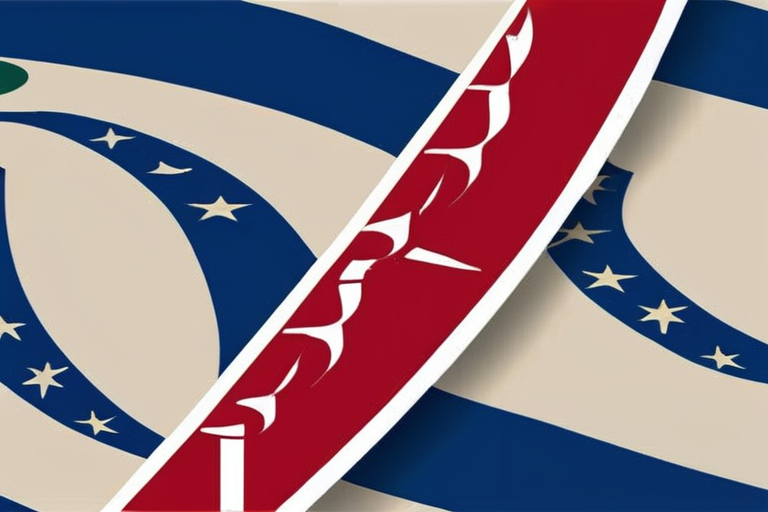
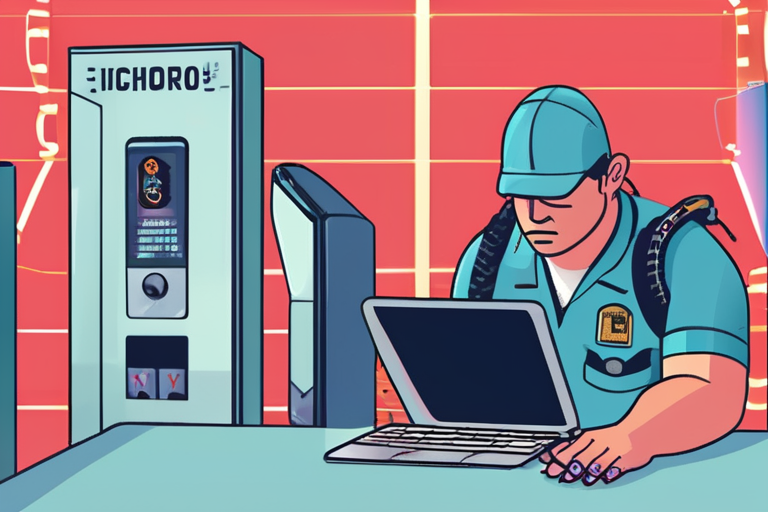
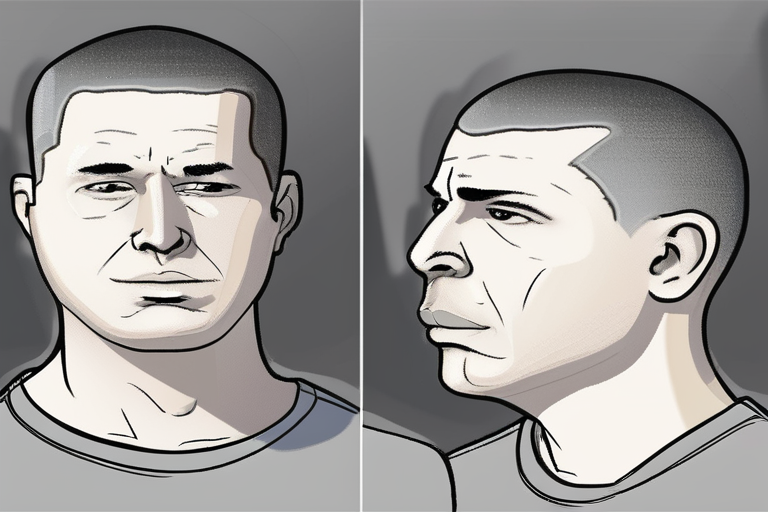
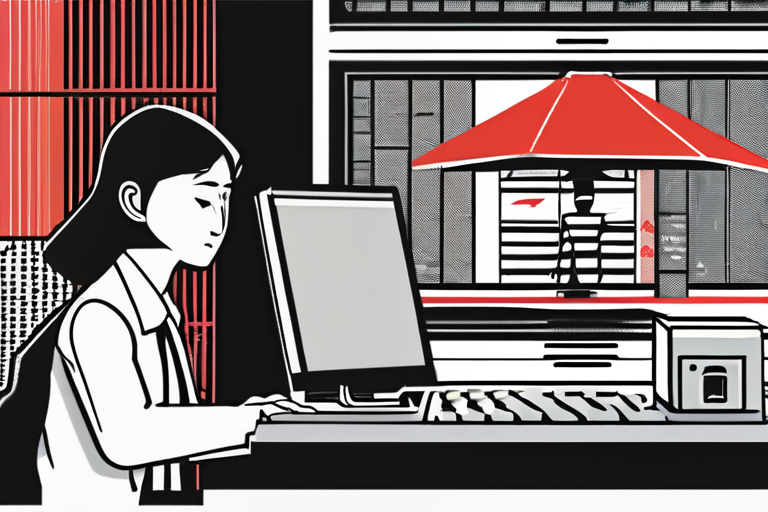



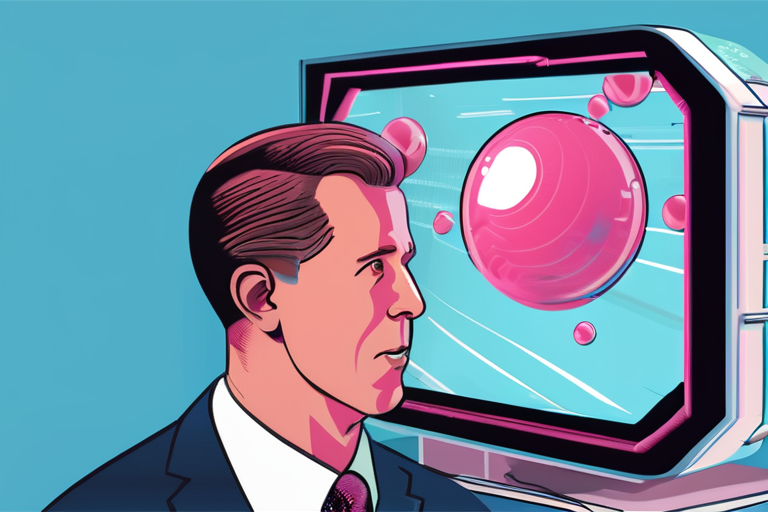

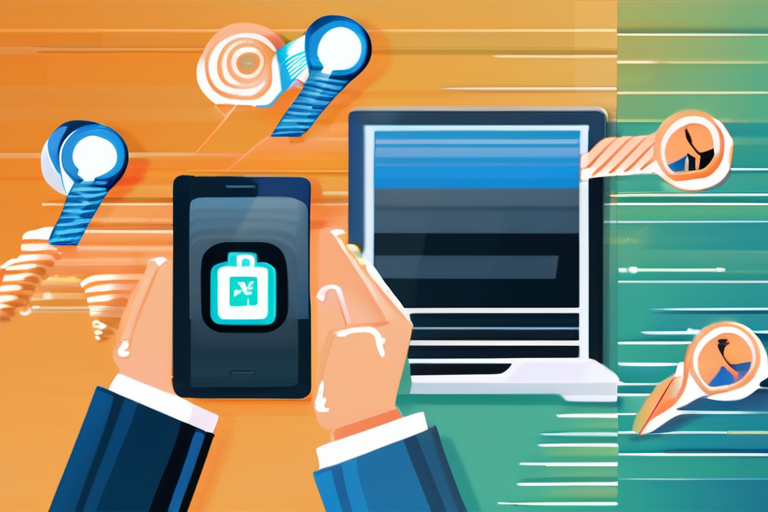


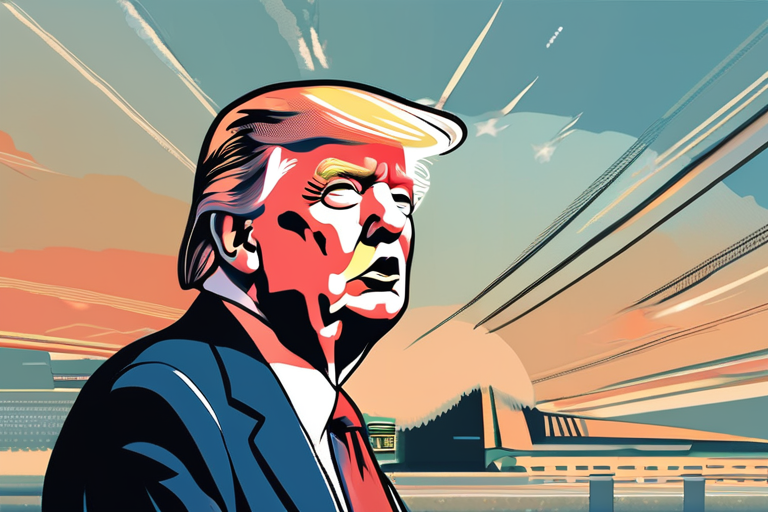
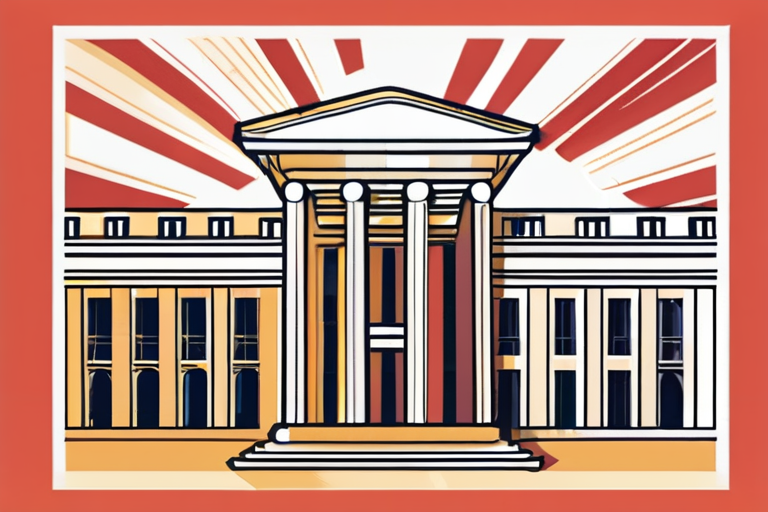
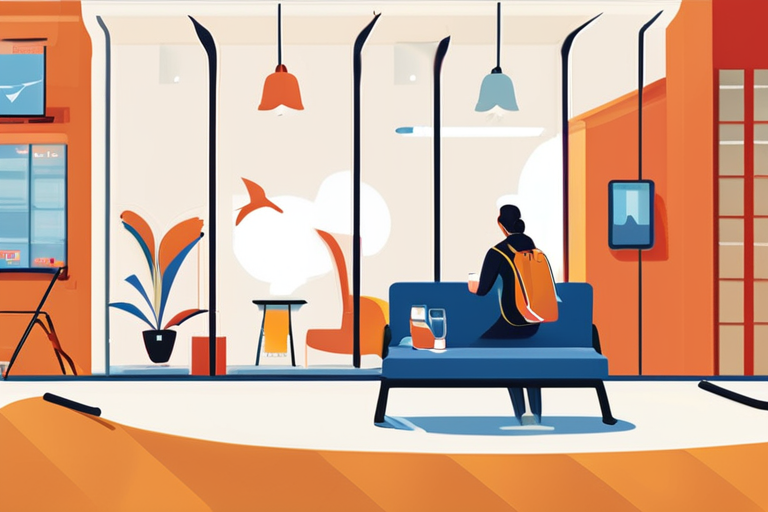
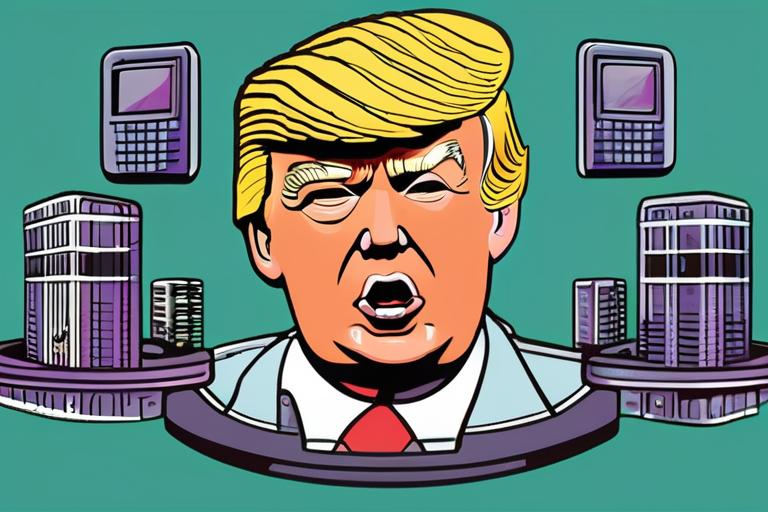


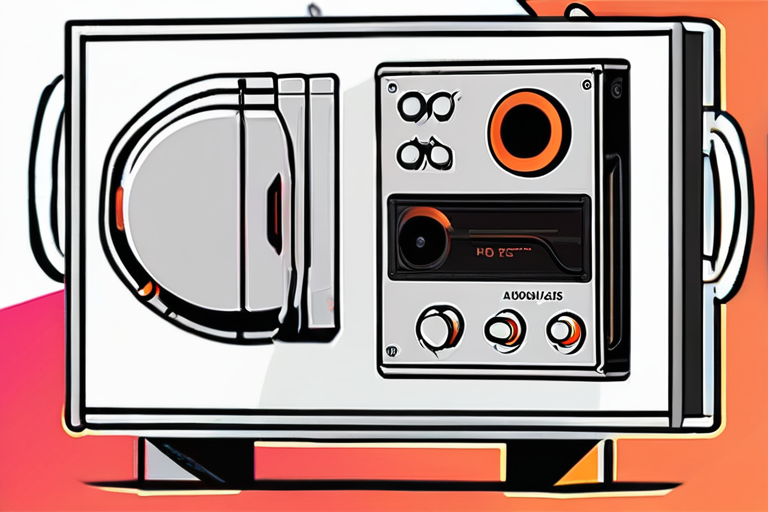
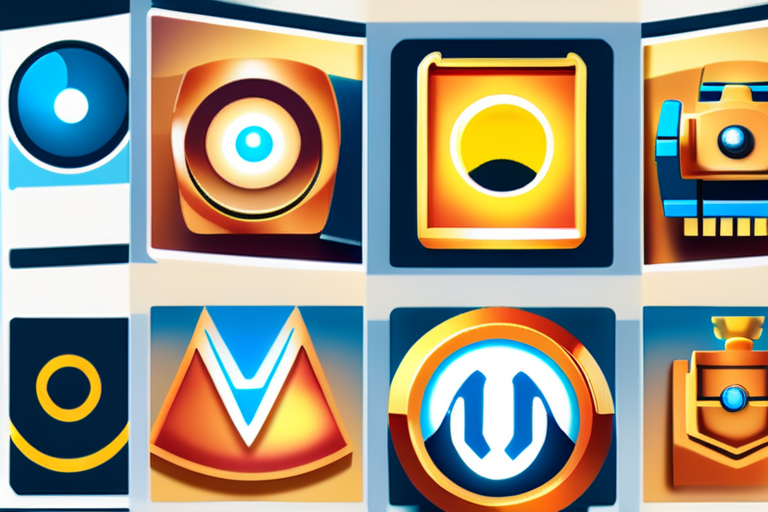
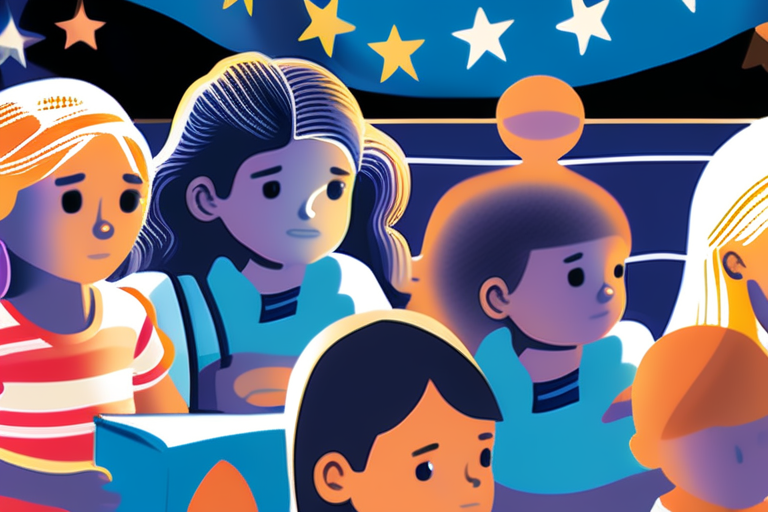
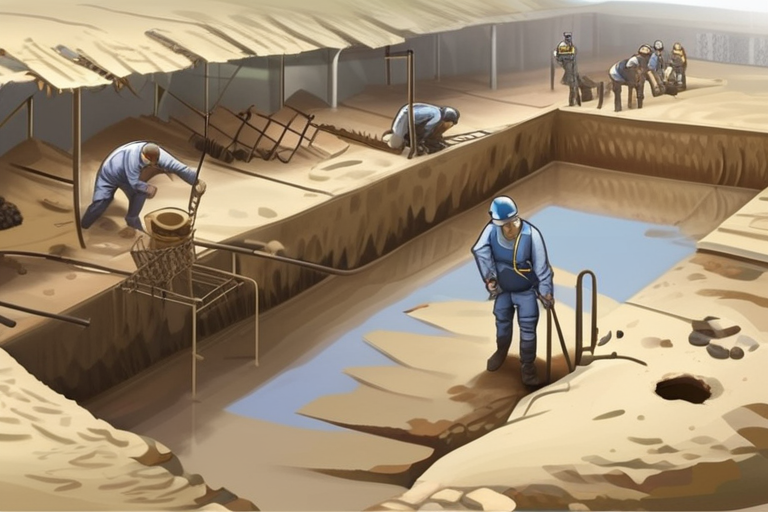

Share & Engage Share
Share this article